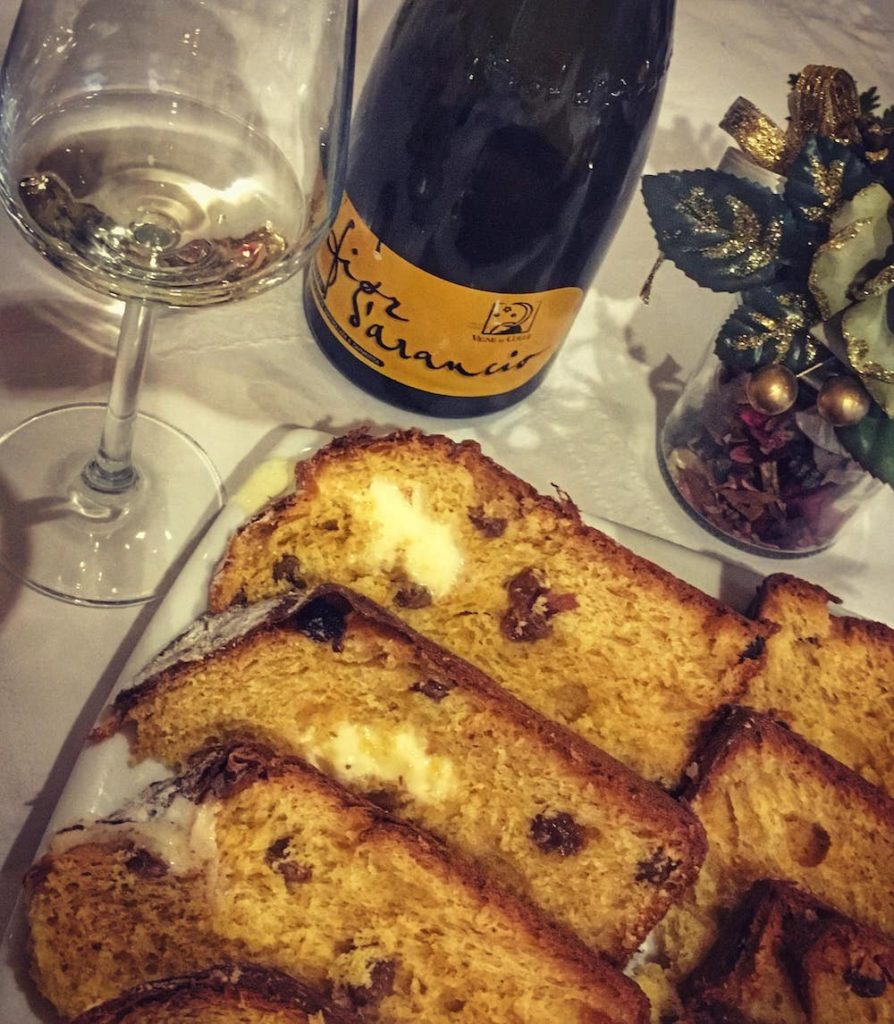There are over 200 different varieties of Muscat in the world and it is one of the oldest and widespread family of grape varieties in the book. Some believe the origins of Muscat can be dated back to the Ancient Egyptians circa 3000 BC. In the last two thousand years at least, Muscat has become ubiquitous in wine regions around the world.
Despite its long history, Muscat is rarely put on a pedestal as a remarkable grape variety, nor is it hailed as one of the ‘terroir-transparent’ varieties. Muscat, whichever sibling, always smells like Muscat.
‘Smelling like Muscat’ means it actually smells like the very grapes. Indeed, Muscat wines are some of the few that seem to smell of fresh grapes. This gives it an obvious appeal for the wine novice, and its fruity, flowery character makes it a pretty easy wine to swallow too in most cases. Although Muscat is probably the world’s best-travelled grape variety, I’ve never found myself thinking of Muscat as a ‘terroir wine’. I’ve, admittedly, been a bit of a wine snob about Muscat. My trip to Colli Euganei last week changed that.
Colli Euganei in the DNA of Fior d’Arancio
Fior d’Arancio is the only DOCG in the Euganean hills, and it is for Muscat. Yellow Muscat (or Moscato Giallo) can be used to make still, sparkling and sweet wines according to the DOCG rules.
It was likely one of the early grape varieties in the region and locals believe it has been growing here since the Middle Ages – brought from Greece by the Venetian merchants. How it got here is of little consequence but its suitability to the terrain and its unique expression in these volcanic hills is what makes it stand out.
“Moscato Giallo grown on our volcanic soils and with our climate has this particular orange flower scent, it isn’t like Moscato Giallo from anyone else,” Alessandro
It’s certain that of the two dozen Fior d’Arancio wines that I tasted (dry white wines, sweet
There’s also a higher acidity than commonly found in Yellow Muscat, which leaves a freshness on the finish, balancing out even 100 grams of sugar per litre commonly found in the Fior d’Arancio sparkling wine. “Our soils give white wines with acidity, even in the sweeter styles,” explained Franco Zanovello from Ca Lustra on my observation.
Fior d’Arancio was quite unlike any of the other Moscato wines I’ve tasted before. It’s a no-brainer as to why the DOCG for Moscato Giallo took the name of orange blossom (Fior d’Arancio DOCG).
But Fior d’Arancio isn’t one dimensional on the nose. It is also abundant in notes of apricot and sometimes elderflower, mountain herbs and citrus peel depending on the site/vineyard. It offers an exuberant and aromatic wine which is unsurprisingly popular at local weddings.
Fior d’Arancio is a new DOCG, established in 2010. But the vines in Colli Euganei are old (most well over 50 years) and the tradition runs deep. At first, it struck me as unusual to permit almost any style of wine to be made under the same DOCG name. Fior d’Arancio wines can range from about 200 grams of sugar per litre for a
With just 230 hectares of Fior d’Arancio (Moscato Giallo) planted in Colli Euganei, it’s a small and local production, but one which is worth hunting down. Especially at this time of Christmas, when a glass of sparkling, sweet, refreshing and aromatic Fior d’Arancio spumante doesn’t go amiss with a slice of locally-made panettone.
A simple, delicious and festive terroir pairing which would still the tongues and warm the souls of even the Ebenezer Scrooge of wine snobs.


